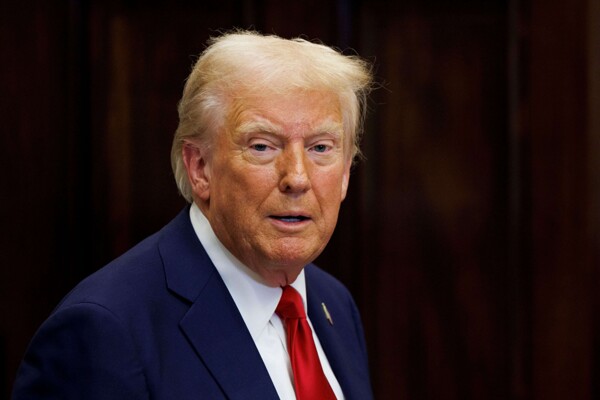
In May of last year, a heatwave struck the country, causing blackouts in several regions and leaving the National Electric System on the brink of collapse. Authorities asked large companies to reduce their electricity consumption, which generated economic losses due to the lack of financial compensation. Regulation to compensate those who voluntarily reduce their demand has not yet been published.
It is essential to assess the country's needs honestly and strategically to drive economic growth. Mexico faces significant external challenges that require attention. The concept of energy autonomy has gained relevance in recent years, linked to the predominance of CFE over private companies. It is crucial to rethink energy autonomy and sovereignty to ensure security in this area.
Currently, around 60% of electricity generation in Mexico relies on natural gas, 90% of which is imported from the United States. Despite its price competitiveness, it is necessary to consider the long-term risk that this dependency entails and to strategically diversify energy sources. The global geopolitical context in 2025 presents complex challenges for Mexico in energy terms.
The country faces significant economic challenges at the beginning of this year, with no easy solutions in sight. Amid decisions about energy prices and long-term energy security, a comprehensive approach is required. Relations with the United States, Mexico's main trading partner, and global economic dilemmas pose additional challenges for the country's competitiveness in attracting investments.
In the electricity sector, Mexico faces difficulties in meeting demand during peak consumption. The current administration acknowledges the need to invest in electrical infrastructure to improve transmission, distribution, and generation. Although there is ongoing debate about the sufficiency of the announced amounts, it is positive that the urgency of these investments is recognized. However, any major project will require at least two or three years to become operational, posing immediate challenges for the operation of the electrical system during the upcoming summers.














